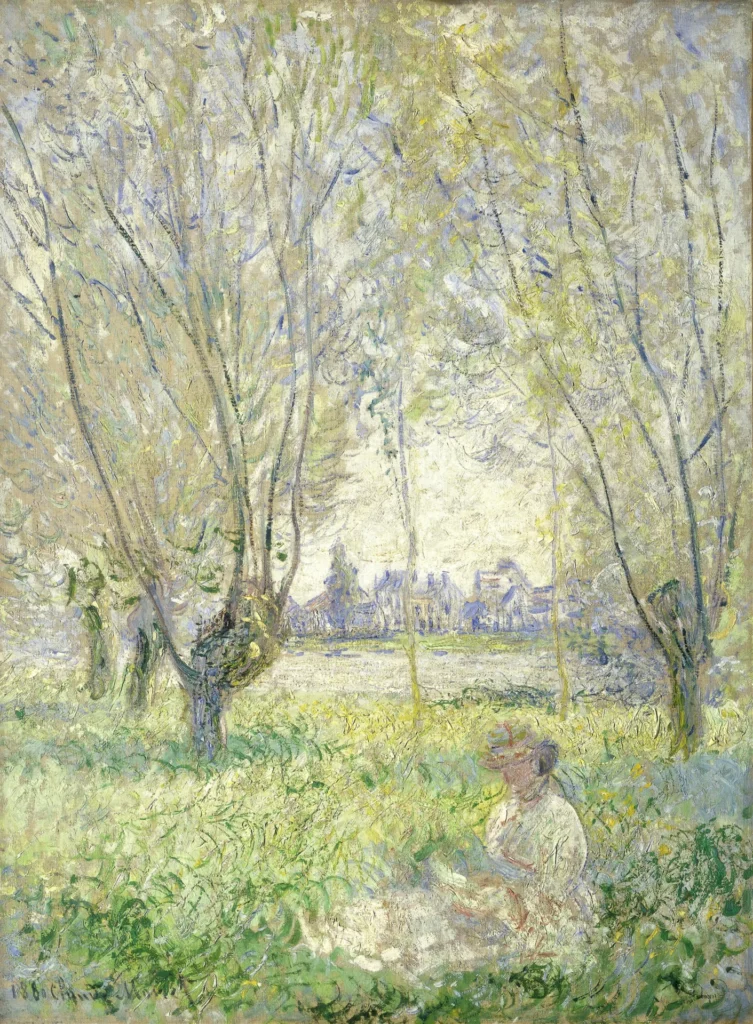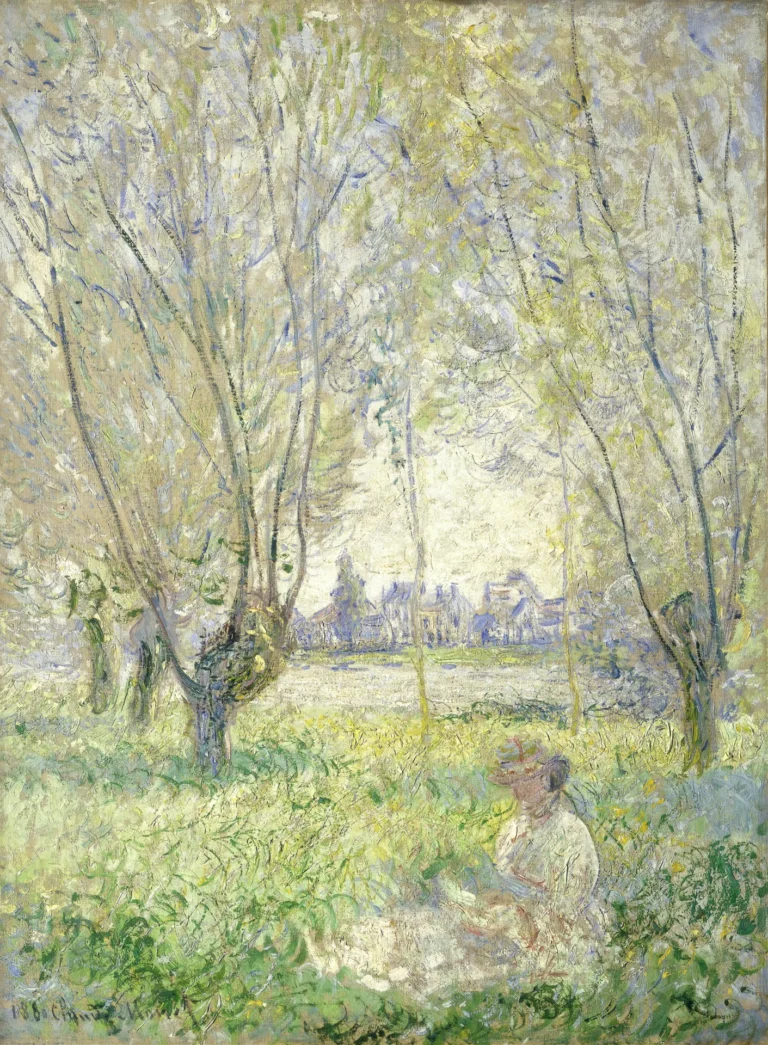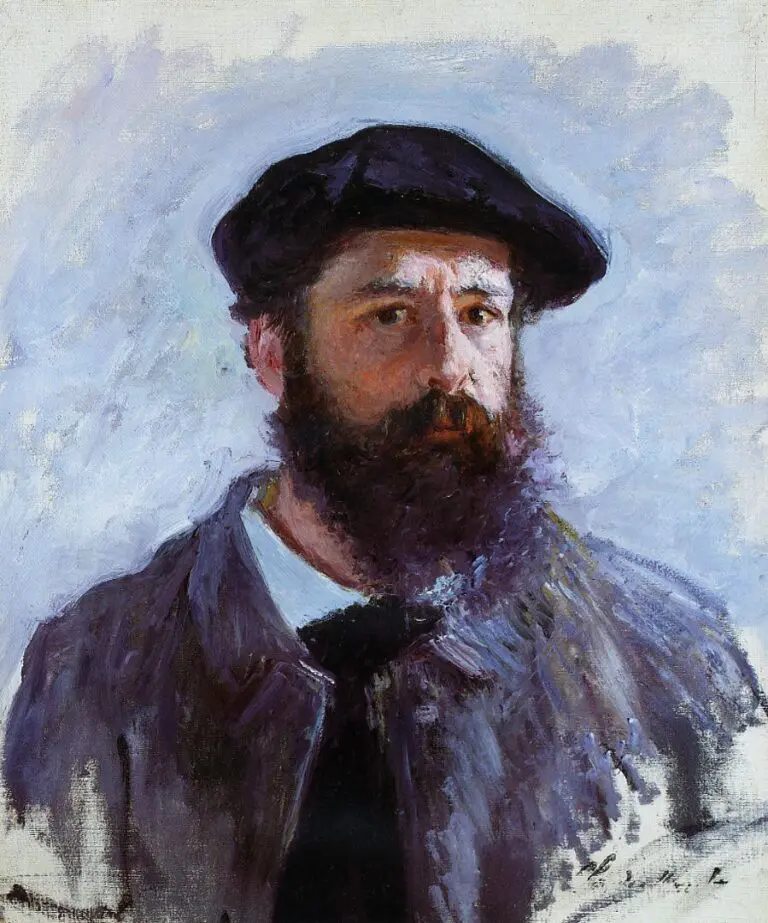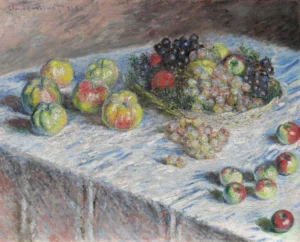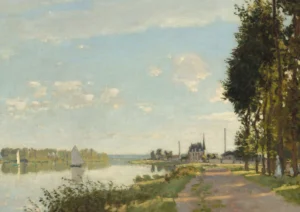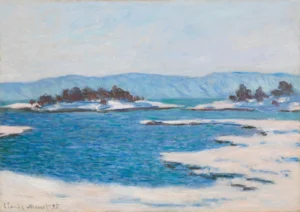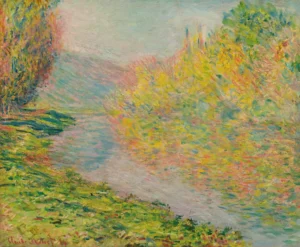Woman Seated under the Willows (1880)
Claude Monet's Woman Seated under the Willows. painted in 1880, is a mesmerizing blend of landscape and figure representation that embodies the essence of Impressionism. The 81.1 x 60 cm oil on canvas artwork showcases Monet's extraordinary ability to reflect light through vibrant colors and dynamic brush strokes. Set amidst willows, a solitary woman gazes thoughtfully, inviting viewers into a moment of tranquility, a hallmark of Monet’s oeuvre.
Year 1880
About the Artwork
Did You Know
Liked what you see? Add it to your collection.
Enjoyed reading? Share it.
... continued
Medium and Dimensions
The painting is executed in oil on canvas and measures 81.1 x 60 cm (31 15/16 x 23 5/8 inches).
Style and Genre
It is an example of Impressionist art, a style characterized by capturing light and color in outdoor settings. The genre of the painting is landscape, although it also features a figure seated in the scene.
Provenance
The painting was originally owned by the artist himself before being sold to the art dealer Durand-Ruel. It was later purchased by Chester Dale in 1927 and was bequeathed to the National Gallery of Art in Washington, D.C. in 1963, where it is currently part of the Chester Dale Collection.
Signature and Date
The painting is signed and dated by Monet in the lower left corner, marked '1880 Claude Monet.'
Current Location
The painting is housed at the National Gallery of Art in Washington, D.C., with the accession number 1963.10.178.




